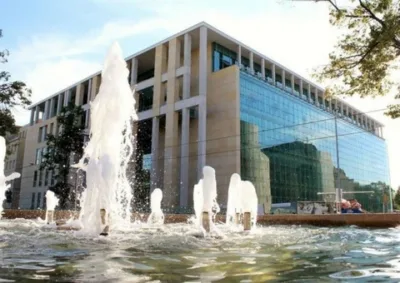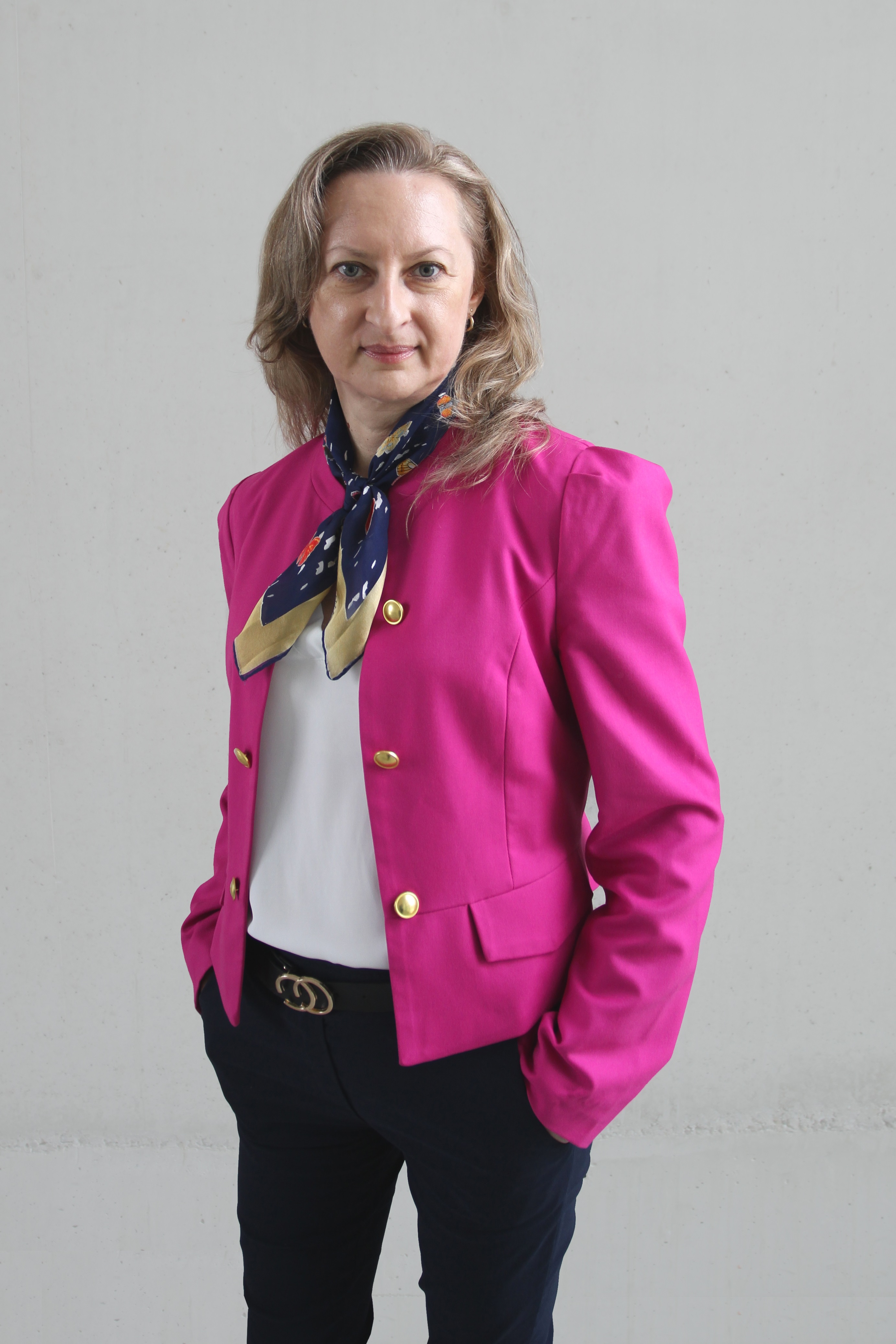
The commercialisation of research findings and intellectual property
What is the commercialisation of research and development results?
It is a complete set of activities focused on applying research findings to practical purposes, in order to achieve tangible benefits in the marketplace.
What is subject to commercialisation?
The Law on Higher Education of July 20, 2018, defines the process of commercialising knowledge and distributing associated profits. These regulations apply to:
- research findings which are: an invention, a utility model, an industrial design, an integrated circuit topography, or a cultivated or discovered variety of a plant;
- development results generated by an employee of a public higher education institution through the execution of their duties resulting from their employment relationship, as well as
- know-how related to these results.
Intellectual Property Commission
The Commission’s obligations
The Commission’s obligations are specified in the current Regulations for Managing Copyrights, Related Rights, and Industrial Property Rights, as well as the principles of commercialisation at Poznań University of Economics and Business and the protocols for utilising the University’s infrastructure.
In the light of the above mentioned Regulations, the Commission’s duties include:
- the preparation of the result commercialisation process and the related know-how;
- providing an opinion on the permissibility of publishing the result and related know-how, or disclosing them through other means;
- expressing an opinion on the advisability of legal protection for an industrial property asset the rights to which belong to the EUP,
Or of its commercialisation; - settlement of disputes;
- developing or commissioning the development of a commercialisation plan for the result, including in particular a study of the commercialisation potential, an analysis of the target market, a valuation of the result and the possibility of obtaining and maintaining legal protection;
- recommending an investor interested in the commercialisation of the result;
- negotiating the form and the detailed terms of the commercialisation. At the Commission’s request, the Rector or the relevant Vice-Rector can authorise a member of the Commission to conduct these negotiations. In justified circumstances, the Rector can authorise a PUEB employee who is not a Commission member, or another person, to conduct these negotiations;
- requesting the Rector to apply to the University Senate for permission to make a legal transaction concerning the disposal of intellectual property rights to the results, insofar as they are components of fixed assets classified as intangible and legal assets, tangible fixed assets or long-term investments, including handing over these components for use to other entities on the basis of civil law contracts or their contribution to a company or a cooperative, if the market value of the subject of disposal exceeds the PLN equivalent of €250,000;
- adoption of a resolution containing a draft commercialisation agreement or its substantial terms;
- recommending to the Rector or the authorised Vice-Rector the conclusion of a commercialisation agreement.
Moreover:
- At any time the Commission is entitled to request the University’s employees, cooperators of the University and other persons involved in projects carried out with the participation of the University to provide information on the project, the commercial project and the results obtained or expected.
- When taking part in Commission duties and reaching decisions, its members must remain unbiased, avoid any conflicts and prioritise the University’s best interest.









